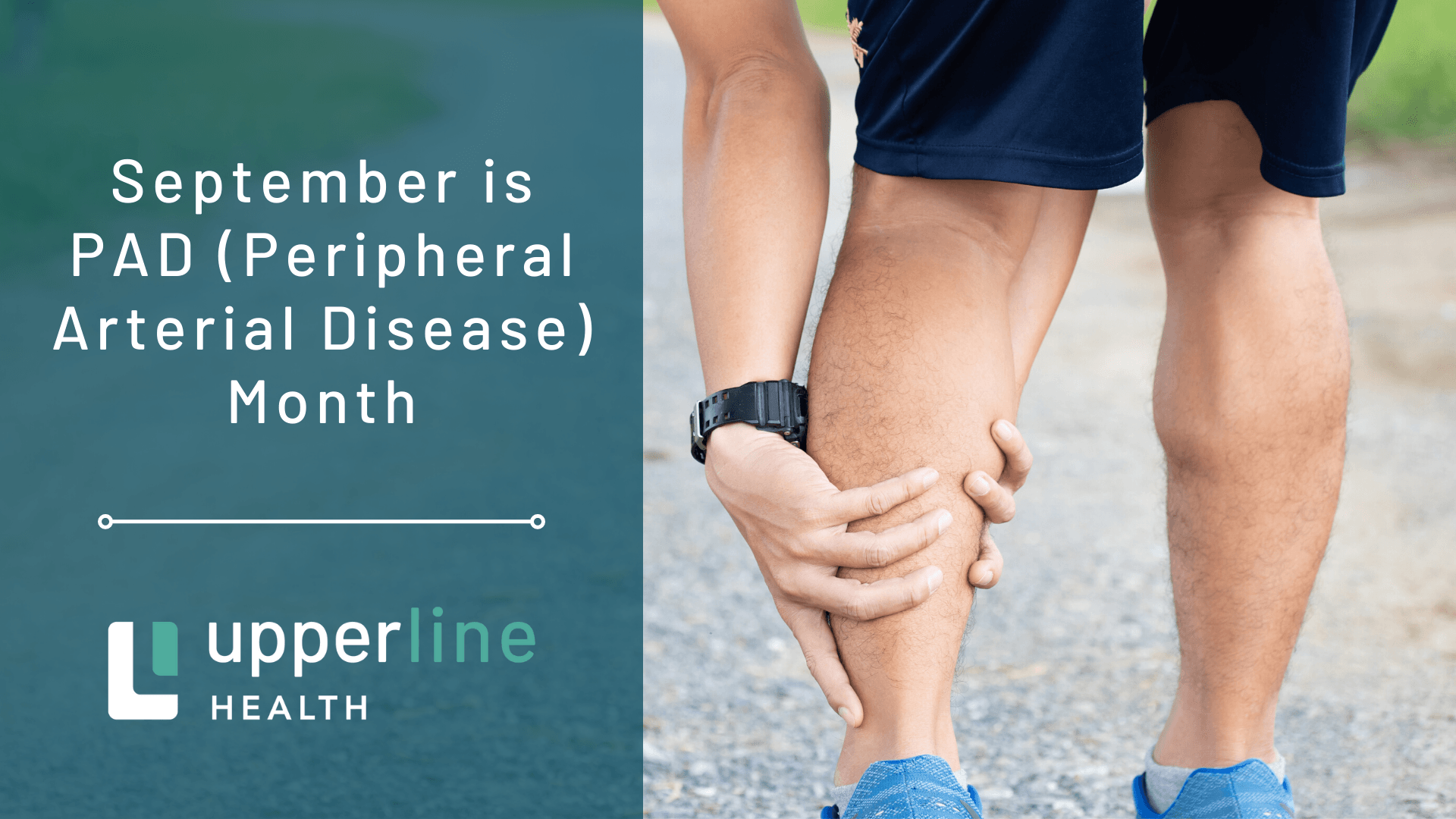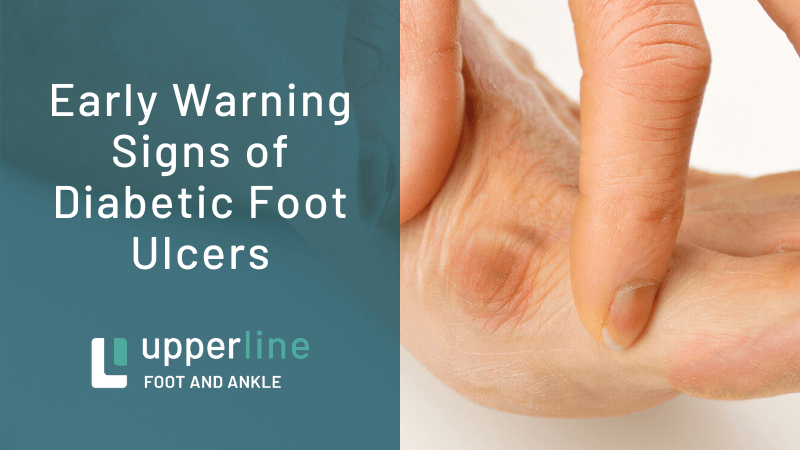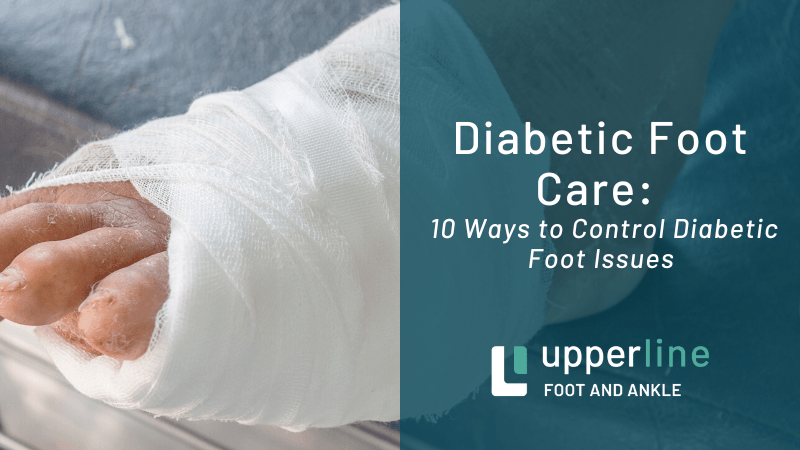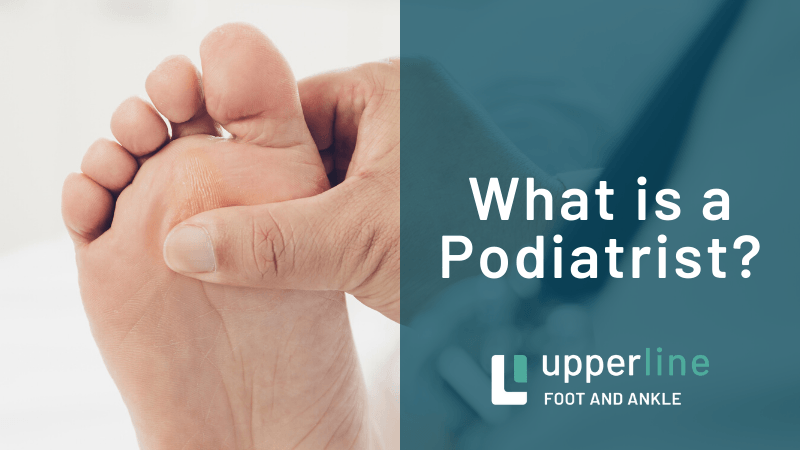September is PAD (Peripheral Arterial Disease) Month

Peripheral artery disease occurs when narrowed arteries reduce blood flow to the limbs, causing circulatory problems.
Who is at risk of peripheral arterial disease?
Although not often discussed, PAD is relatively common, affecting more than 6.5 million people over the age of 40 and more than 10 million people in the U.S. It is more common in people who are 65 or older, but can occur at nearly any age.
Smoking, high blood pressure, high cholesterol or triglycerides, diabetes, kidney failure and obesity increase your risk for PAD. Leg pain does not always indicate PAD, but older patients, especially those who are at risk, should always visit their podiatric physician. A simple, noninvasive leg blood pressure exam or ultrasound can diagnose peripheral arterial disease and determine its severity.
PAD increases the risk of heart attack and stroke, so it is vital that it is diagnosed as soon as possible. Outlook depends on a range of factors, but following the lifestyle advice above improves outlook significantly. Some cases of PAD can be managed by lifestyle changes and medication alone.
Peripheral artery disease signs and symptoms include:
- Cramp like pain in one or both of your hips, thighs or calf muscles after certain activities, such as walking or climbing stairs
- Leg numbness or weakness
- Feet or legs may feel cold (one or both)
- Sores on your toes, feet or legs that won't heal
- A change in the color of your legs
- Hair loss or slow hair growth on legs
- Slower growth of your toenails
- Shiny patches of skin on your legs
- Erectile dysfunction in men
- Pain when using your arms, such as aching and cramping when doing everyday and repetitive activities
If you experience any of these symptoms of peripheral arterial disease, your podiatric physician is ready and able to help you diagnose and correct this problem quickly.







